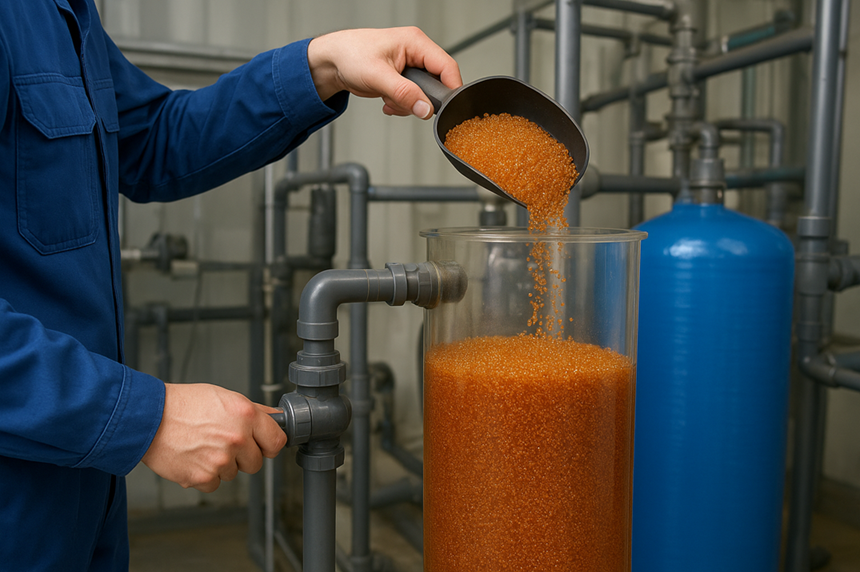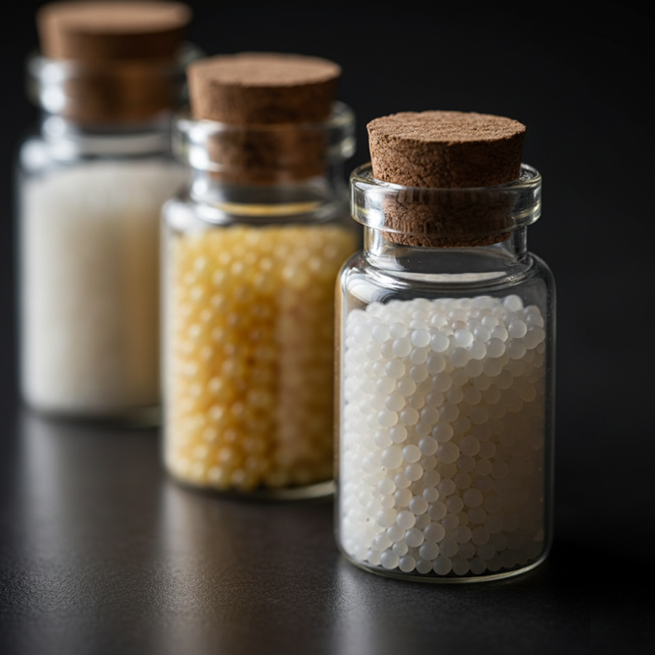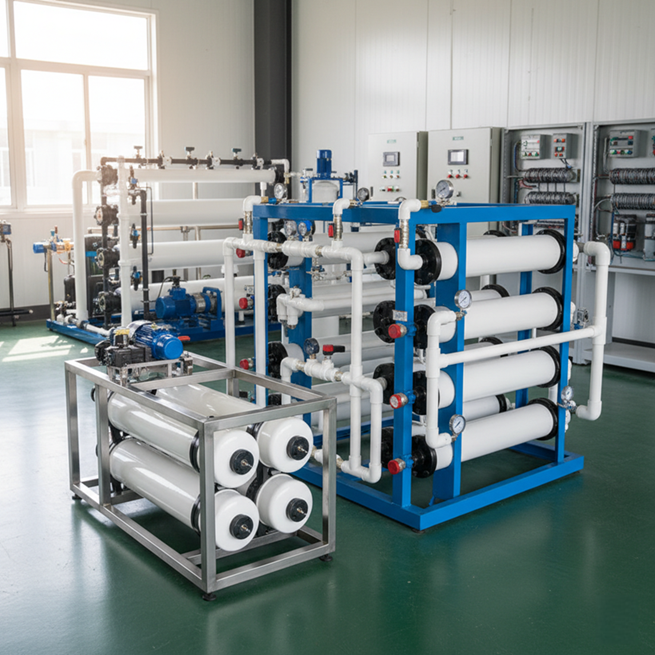
Factors Influencing Resin Selection
The importance of resins in water treatment is highlighted by their role in addressing public health concerns and environmental regulations. They are vital to ensuring safe drinking water and are used in various applications. Including the removal of heavy metals and organic contaminants from wastewater.
Read more about the importance of resins in water treatment.
However, the use of these materials is not without controversy. Challenges such as resin degradation, contamination, and the environmental impacts of resin production. And disposal highlights the need for continued research and innovation in resin technology to enhance sustainability and performance.
As the global demand for clean water continues to rise, advances in resin technology are critical to meeting the evolving challenges of water treatment. Innovations such as resins with uniform particle sizes and the development of new formulations to target emerging contaminants such as pharmaceuticals and microplastics reflect a significant shift toward more efficient and sustainable water purification methods.
Learn about the types of resins used in water treatment from our previous article.
Factors Influencing Resin Selection
The selection of resins for water treatment applications is influenced by several key factors, including the type of resin, specific water quality requirements, operating conditions, and environmental considerations.
Types of Resins
Cation exchange resins and anion exchange resins are the two main categories of resins used in water treatment. Cation exchange resins are effective at removing positive ions such as calcium (Ca²⁺) and magnesium (Mg²⁺) from water, making them essential for water purification and demineralization processes.
Anion exchange resins, on the other hand, replace negative ions such as chloride (Cl⁻) and sulfate (SO₄²⁻) with hydroxide (OH⁻) or other anions, playing a critical role in various water purification methods.
Water Quality Requirements
The quality of the incoming water significantly influences resin selection. Factors such as dissolved solids concentration, specific contaminants present, and desired water quality outcomes should be considered. For example, applications requiring high purity, such as those used in electronics manufacturing, may require the use of a combination of cation and anion exchange resins to effectively remove all inorganic salts.
In addition, total dissolved solids (TDS) levels can guide selection, as some resins are designed for specific TDS ranges to optimize efficiency.
Operating Conditions
The operating environment plays a critical role in resin selection. Parameters such as temperature, flow rate, and pressure conditions can impact resin performance. For example, uniform particle size (UPS) resins, designed for a consistent particle size, offer unique operating characteristics that can enhance efficiency in applications such as demineralization and softening.
Understanding these operating parameters helps select resins that perform optimally under specific conditions.
Environmental Considerations
Environmental factors, including the environmental impact of resin manufacturing and disposal, increasingly influence resin selection. Conventional synthetic resins, while effective, often carry a significant carbon footprint due to their derivation from crude oil and natural gas.
As a result, there is a growing trend toward environmentally friendly alternatives, such as resins made from recycled materials or plant-based ingredients. A study of the volatile organic compounds (VOCs) emitted during production or use highlights the need for environmentally responsible options.
Environmental Impact
The environmental impact of resin media used in water treatment is a complex issue, encompassing both positive and negative aspects. While these materials offer significant advantages in removing contaminants from water, they also pose challenges related to their production, use, and disposal.
Resource Recovery and Environmental Concerns
Resin media, particularly ion exchange resins, play a critical role in water purification by effectively removing a wide range of contaminants, including heavy metals and organic compounds. However, the life cycle of these resins raises environmental concerns. The resin manufacturing process can involve significant energy and chemical consumption, contributing to the environmental impact of water treatment systems.
Furthermore, improper disposal of resin waste can lead to pollution. Highlighting the need for effective waste management practices to mitigate these risks.
Focus on Sustainable Practices
There is a growing focus on environmentally friendly water treatment solutions. This has led to the development of hybrid systems that combine purification and energy recovery processes. These innovative systems aim to transform treatment plants into net-zero energy plants, reducing their overall environmental impact.
Additionally, the use of environmentally friendly resin options, such as those made from recycled materials or plant-based components, is growing. These alternatives not only reduce the environmental footprint but also enhance the sustainability of water treatment operations.
Resin Regeneration and Waste Reduction
The longevity of resin media also affects their environmental impact. Resins can last for several years and can be regenerated through chemical processes, enabling reuse and reducing waste generation. Efficient resin regeneration is essential to maintain their performance and reduce the need for new resins, thus reducing the environmental burden associated with resin production.
Operational Challenges
The operation of ion exchange systems in water treatment presents a variety of challenges that can impact the efficiency and effectiveness of the treatment process. These challenges can be categorized into several aspects, including resin degradation, contamination, mechanical problems, and operational inefficiencies.
Resin Deterioration
Resin deterioration can occur as a result of various factors, significantly impacting the performance of ion exchange systems. Common causes of irreversible resin deterioration include oxidation from chemical agents such as chlorine. That weakens the structural integrity of the resin beads, leading to compaction and reduced effective capacity. Other problems, such as high flow rates, poor backwashing, and failure to remove silica, can contribute to premature resin bed depletion. Contaminant loads exceeding the typical load may require double regeneration, increasing operating costs and complexity.
Fouling Issues
Fouling is a major concern and can significantly impair resin performance in water treatment systems. Suspended solids, such as silica, iron, and manganese, as well as oils, grease, and organic matter, can clog the resin pores, increasing flow resistance and pressure drop across the system. Regular backwashing and improved filtration of the feed fluid are essential to reduce fouling and maintain optimal resin performance. Additionally, grease contamination can lead to the accumulation of dirt on the resin surfaces, impairing treatment capacity.
Mechanical Problems in Ion Exchange Systems
These problems can lead to significant operational challenges. Common problems include leaking valves, which can result in poor wastewater quality and prolonged flushing times, and malfunctioning or clogging of distributors, which can lead to channel overlap and uneven flow distribution. Proper design and maintenance of mechanical components, such as the regenerator distributor, are critical to preventing these problems and ensuring efficient operation.
Operational Inefficiencies
The overall performance of ion exchange systems is also affected by operational practices. Factors such as operator experience and multitasking can impact the maintenance and oversight of water treatment operations. Furthermore, the increasing demand for automation and outsourcing in water treatment operations has made it necessary for suppliers to be fully aware of the technical and economic aspects of the industries they serve.
Adherence to industry standards and regulations is critical to improving wastewater treatment operations and ensuring compliance with legal requirements. As a result, water treatment facilities must focus on training, system upgrades, and ongoing service to meet the evolving challenges in this field.


























